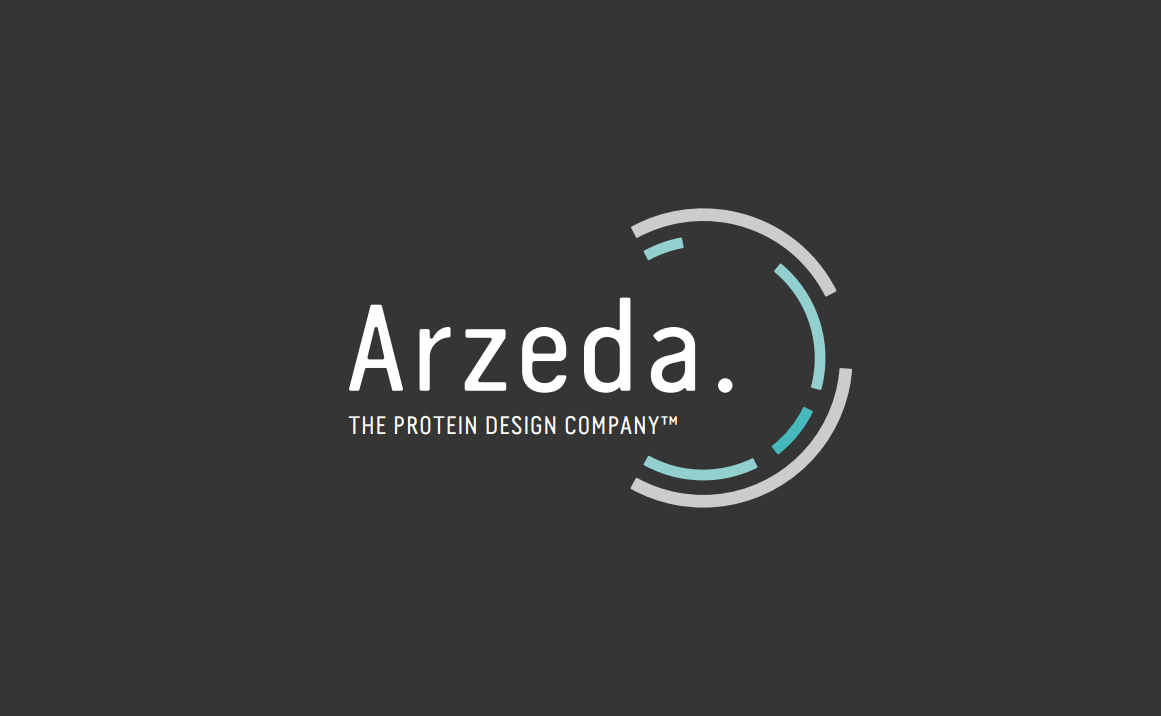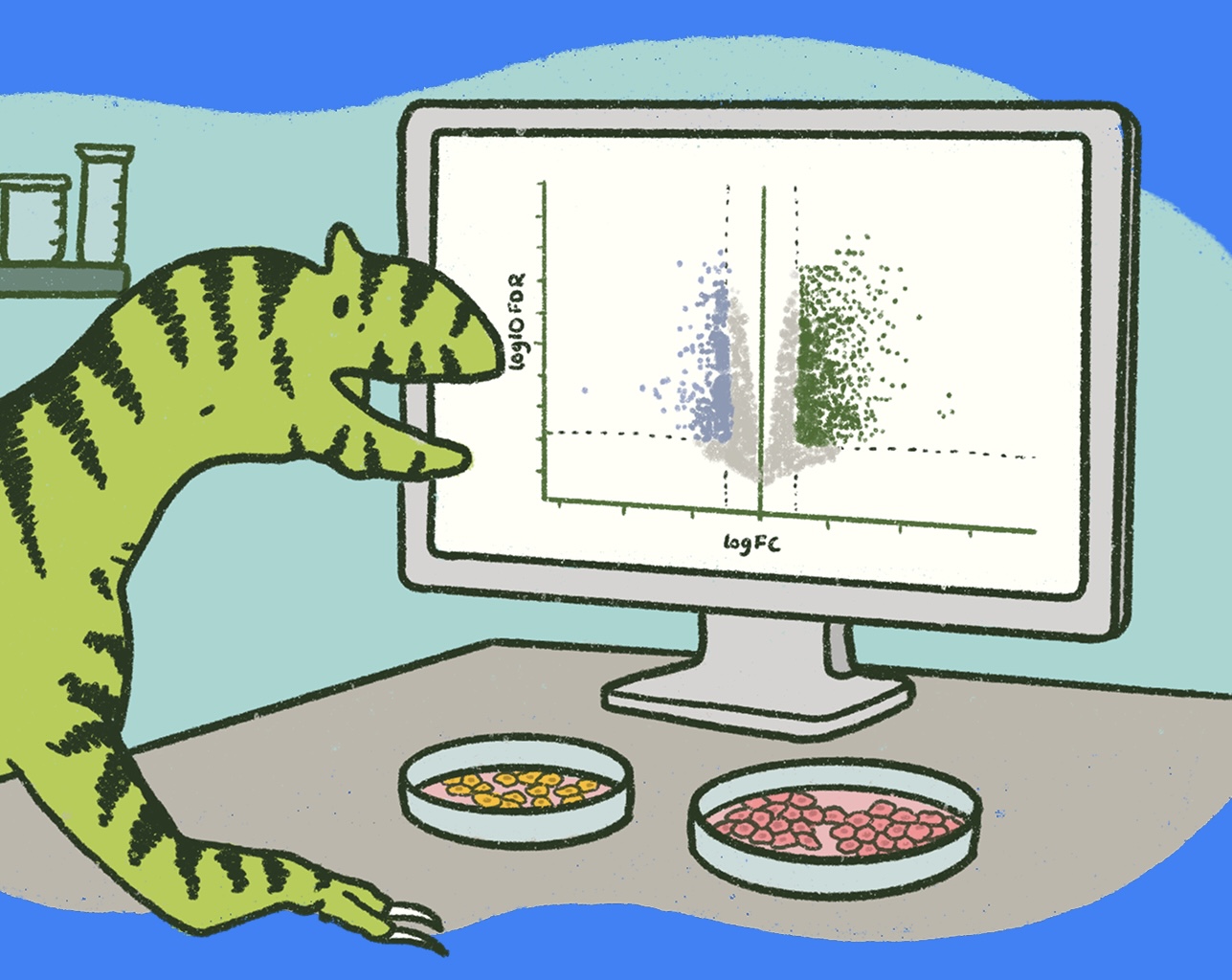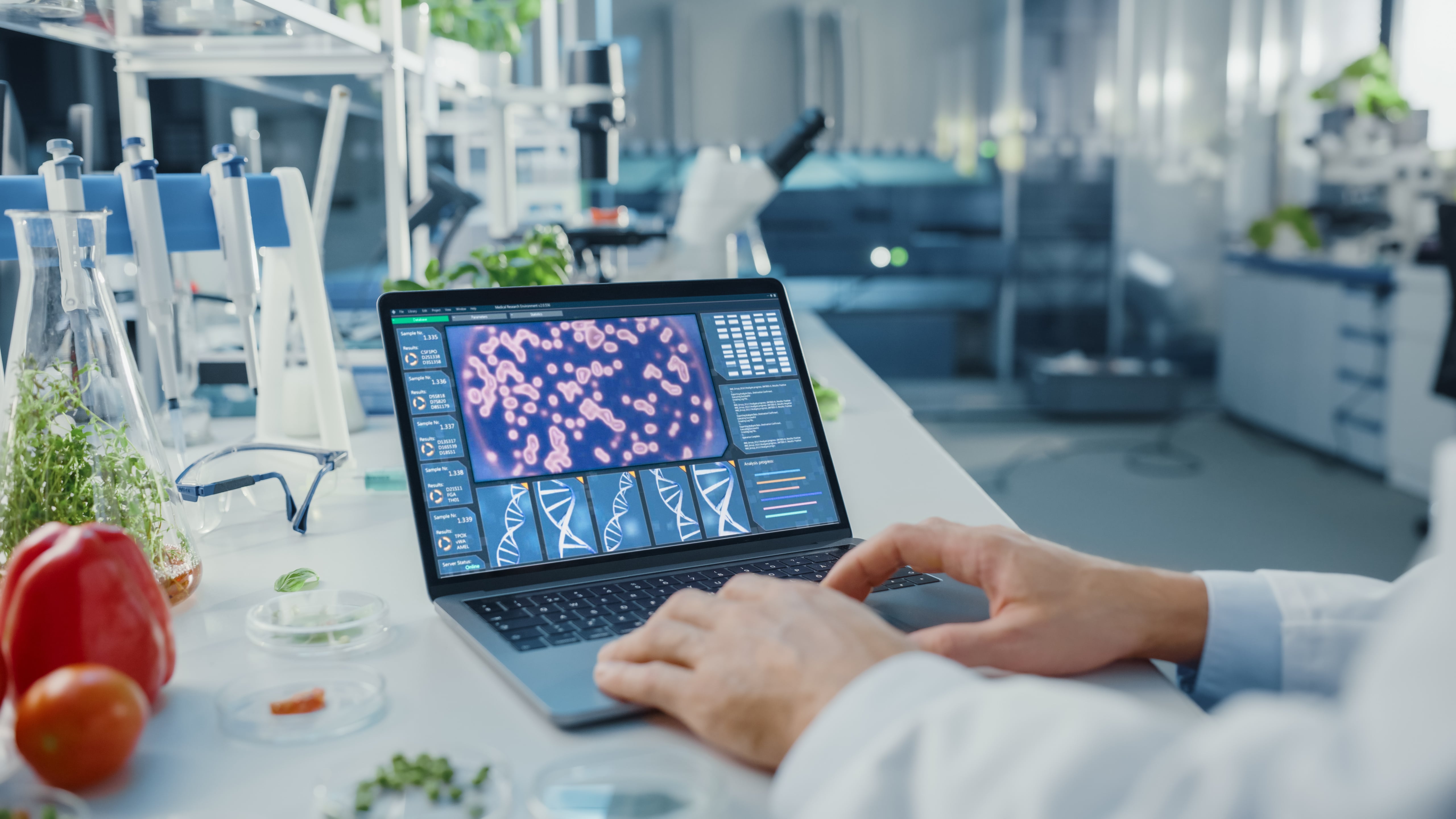
New McKinsey Report Sees A $4 Trillion Gold Rush In This One Hot Sector. Who’s Selling Picks And Shovels?
New McKinsey Report Sees A $4 Trillion Gold Rush In This One Hot Sector. Who’s Selling Picks And Shovels?
The global bioeconomy is about to take off as manufacturers choose biology as the method of choice to efficiently produce high-performance, sustainable products. Synthetic biology is at leading edge of this $4 trillion gold rush.
Here’s a little secret: the world increasingly depends on biological engineering to make useful products that are more sustainable and higher performance than can be extracted from the environment.Most of us don’t realize that the objects in our everyday lives—the food we eat, the fashions we wear, the medicines we depend on, and so much more—rely on our ability not to simply extract products from the earth, but rather to harness biology itself to manufacture useful things.Synthetic biology can take a little credit for that. Though few people know about it, synthetic biology is a field dedicated to making biology easier to engineer. It applies advances in computation, automation, and biology to biomanufacture solutions that are faster, cheaper, and better than conventional methods.
Enabling technologies have exponential impact
Like the internet, synthetic biology is a kind of enabling technology that drives radical changes in diverse industries. But unlike the internet, instead of just moving ones and zeros around, biology moves atoms—the very stuff of matter. The internet drives commerce and communications. And now, synthetic biology is about to drive the physical world.So as companies look to biology for cheaper, more sustainable ways to make superior products, the biomanufacturing gold rush will begin, and synthetic biology will be selling the picks and shovels.Next week, I am leading the Built With Biology Bioeconomy Summit of nearly 1,000 innovators, investors, and policymakers to discuss how biological innovations can shape a more resilient, sustainable, and prosperous economy for all. This will include discussion of The Endless Frontier Act, a just-released $100 billion bipartisan, bicameral bill led by Congressman Ro Khanna (D-CA), Senate Democratic Leader Chuck Schumer (D-NY), Senator Todd Young (R-IN), and Congressman Mike Gallagher (R-WI). Its aim: to strategically advance science and tech R&D—specifically including synthetic biology—to reinvigorate the post-COVID economy.For a sense of just how synthetic biology figures into all of this, let’s take a look at how the internet and a couple of other enabling technologies have grown up, and compare them to the bioeconomy.
#1: The PC industry
The personal computer industry has grown tremendously since its introduction in the late 1970s. The first personal computer—the MITS Altair 8080—was released in 1975 with only a few thousands sales. It was a humble beginning to something that would change our world forever. The PC industry truly began its takeoff in the late 90s, as $7.4 billion were invested between 1985 and 1995. The PC industry peaked in 2011-2012 at a $300 billion annual market. Today, the PC is an essential tool found in most homes and offices, with more than 350 million units sold each year.
#2 The internet
In the early 1990’s another industry began to take off: the internet industry. Between 1995 and 2005 approximately $54 billion was invested in dot-coms. In 2010, ITIF estimated the annual global economic benefits of the commercial Internet at $1.5 trillion in 2010. Today, four dot-com-era companies are each worth over $1 trillion: Apple, Amazon, Microsoft, and Google parent company Alphabet.
#3 The mobile industry
If someone with big hair in the nineties told you that pretty soon you’d be carrying a phone in your pocket with as much power as a supercomputer, you’d probably think they were crazy. The mobile industry invests a whopping 23% of revenues into R&D, about $100 billion every year. That’s even more than the pharmaceutical industry (14%) but not quite as much as biotechnology (27%). This helped spawn the mobile apps market—now the fastest growing segment of the industry—which alone is expected to reach nearly $200 billion in 2020. Global revenue from smartphone sales amounted to almost $500 billion in 2017.
How do synthetic biology and the bioeconomy compare?

Though synthetic biology is a young field, investment in the industry topped $18 billion in the last decade. SYNBIOBETAThe synthetic biology industry itself is still young, with $18 billion invested from 2010-2019, and market estimates at anywhere from $5 billion to $15 billion today. But like the internet, the real value to society is in all the other parts of the economy that it impacts. So how do we put a number on the impact of synthetic biology—and biological innovation more generally—on the economy as a whole?In the U.S, the National Academies of Science, Engineering and Medicine took up this question in its January 2020 report, Safeguarding the Bioeconomy. It estimated that, in the U.S. alone, the bioeconomy measured about $1 trillion, with a potential size of about $1.4 trillion based on the portion of the economy that could be made bio-based using existing technology (e.g., plastics that could be made through a bio-based process today). That would amount to about 7.4% of the U.S.’s entire GDP.A recent McKinsey study led by Michael Chui also tries to answer this question from a global perspective. It looked at the impact of about 400 applications of biological innovation in the pipeline today. Like the National Academies report, Chui’s team wasn’t talking about far-out ideas, but rather projects that are scientifically feasible now using today’s technology. Chui concluded that those 400 biology applications alone could have a direct global impact of up to $4 trillion per year over the next 10-20 years.These numbers are pretty remarkable—far bigger than the economic impact of the internet.
The real value of biological innovation
As an enabling technology, synthetic biology has a clear potential to provide an outsized impact on the global economy, from biochemicals to biomedical goods to agriculture. If sectors like the internet, the PC industry, and the mobile industry are any guide, public and private investments in the synthetic biology industry will yield extraordinary returns on investment from both an economic and societal standpoint.The McKinsey report also says that biology could ultimately produce 60% of the physical inputs to the global economy, and solve 45% of the world’s disease. These impacts on the environment and the wellness of all the world’s people are truly priceless. For many in the synthetic biology community, who share a passion for using synthetic biology to build a better, more sustainable universe, this is the real goal.Even if the lofty projections about synthetic biology and the coming bioeconomy turn out to be only partially true, the opportunities for innovators, investors, and the public remain spectacularly large.Follow me on Twitter at @johncumbers and @synbiobeta. Subscribe to my weekly newsletters in synthetic biology. Thank you to Stephanie Michelsen and Kevin Costa for additional research and reporting in this article. I’m the founder of SynBioBeta, and some of the companies that I write about are sponsors of the SynBioBeta conference and weekly digest. Here’s the full list of SynBioBeta sponsors. Originally published on Forbes: https://www.forbes.com/sites/johncumbers/2020/05/30/mckinsey-report-4-trillion-gold-rush-bioeconomy-synthetic-biology/



.svg)










-min.png)
.gif)